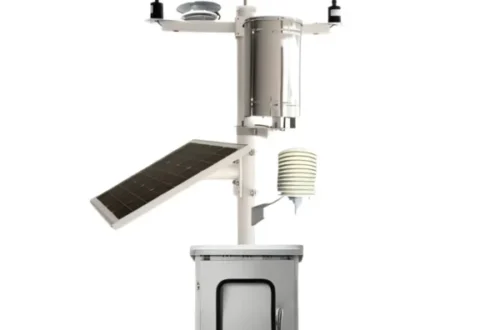Soil Moisture Sensor Working Principle: A Comprehensive Guide
Soil Moisture Sensor Working Principle: A Comprehensive Guide
Soil moisture sensors are essential tools in modern agriculture, environmental monitoring, and smart irrigation systems. Understanding the soil moisture sensor working principle is key to optimizing water usage and improving crop yields.
How Soil Moisture Sensors Function
Most soil moisture sensors operate based on capacitance or resistance principles. Capacitive sensors measure the dielectric constant of the soil, which changes with water content, while resistive sensors detect the electrical conductivity between two electrodes. These methods provide accurate, real-time data on soil hydration levels.
For a deeper dive, explore this detailed resource on the soil moisture sensor working principle.
Common Applications and Benefits
These sensors are widely used in precision agriculture, landscaping, and research. They help reduce water waste, prevent over-irrigation, and support sustainable farming practices by delivering data-driven insights.
Frequently Asked Questions
How often should I calibrate my sensor?
Calibration frequency depends on usage and soil type, but generally, it’s recommended every growing season.
Can these sensors work in all soil types?
Most sensors are versatile, but calibration might be needed for highly clayey or sandy soils.
Take Action Today
Ready to enhance your irrigation efficiency? Invest in a reliable soil moisture sensor to save water, cut costs, and boost productivity. Shop now or contact our experts for a personalized recommendation!


